I spend much of my time daydreaming, gazing up at the ceiling, thinking of nothing or almost-nothing. Sometimes these absences lead somewhere interesting. Sometimes they don’t. But today, as I vacantly stared at the ceiling, a hazy childhood memory floated in, breaking through the veil of pleasant nothingness. A very early memory. The kind of vague, dreamlike memory that you are never even quite sure was the memory of a real event, or merely a mislabeled dream.
It was a fairly simple one – a memory of an architectural space I had spent an hour or two in with my mother once, somewhere in Atlanta. But something about the way the interior was constructed had fascinated me then. It had a large open space in the middle, and at one end, it seemed as though there was a building inside another building. Hanging plants descended from the sides of this interior building, and there were odd little terraces. Something about it felt unreal to me then and now, like the architecture of dreams, or science fiction. I thought of space colonies, and of the internet “Backrooms” series, with its irrational remixing and reshuffling of architectural spaces.
I also thought of that bizarre Italian horror film The Visitor from 1979, which had struck me most at the time for its bizarre ice skating battle(?) scene. I had noticed then that it was filmed in the very same building as my ancient memory, and had fairly successfully captured the uncanny atmosphere of that early childhood experience. Up until that point, I had never really been sure that the memory had been a real one. From this detail, I began researching online, and I finally found the name of the building. It had been called The Omni Complex, then later The CNN Center, and finally, The Center. I realized I’d passed the entrance to my childhood marvel a hundred times in recent memory, on stickering walks, protests, and other excursions, and had never even realized.
Digging further, I uncovered a (to me) fresh kaleidoscopic gem of Atlanta history. Apparently, when the center opened in 1976, it was host to “The World of Sid and Marty Krofft,” an indoor amusement park based on the various children’s shows of the Kroffts, such as the wonderfully bizarre H.R. Pufnstuf. A prime example of popular surrealism, if ever there was one. In the Krofftian imagination, everything is sentient, everything is alive. Castles have faces, and so do flutes, and even hats. It is the animism of childhood…a kind of live-action Max Fleischer world. And this park in Atlanta took it one step further, too—because a person could travel up that absurdly long escalator, and find oneself arriving in this very material realm of Unreals. A person could become a part of the Krofft’s world in real time, the inner melting towards the outer. A Cartoon-World, infecting the skin of the Real. One could ride crystal carousels, become a pinball in a massive pinball machine, and much more besides. In this place, puppets lived and puppets breathed. Unfortunately, after six months the entire place closed down. It had been barely attended, and was a total financial catastrophe, like most everything else decent in this world.
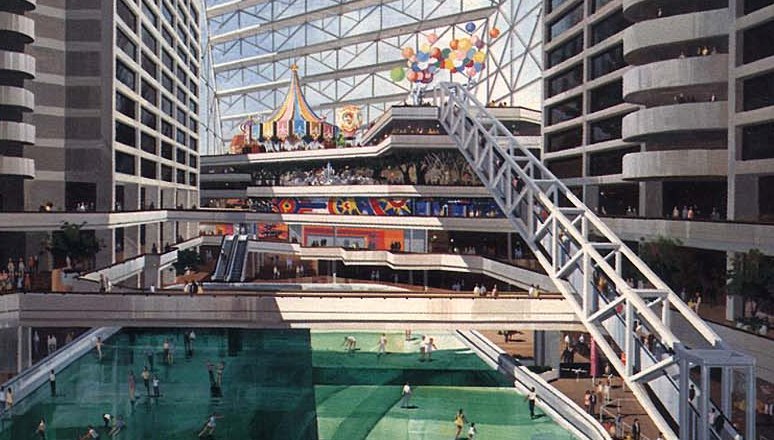
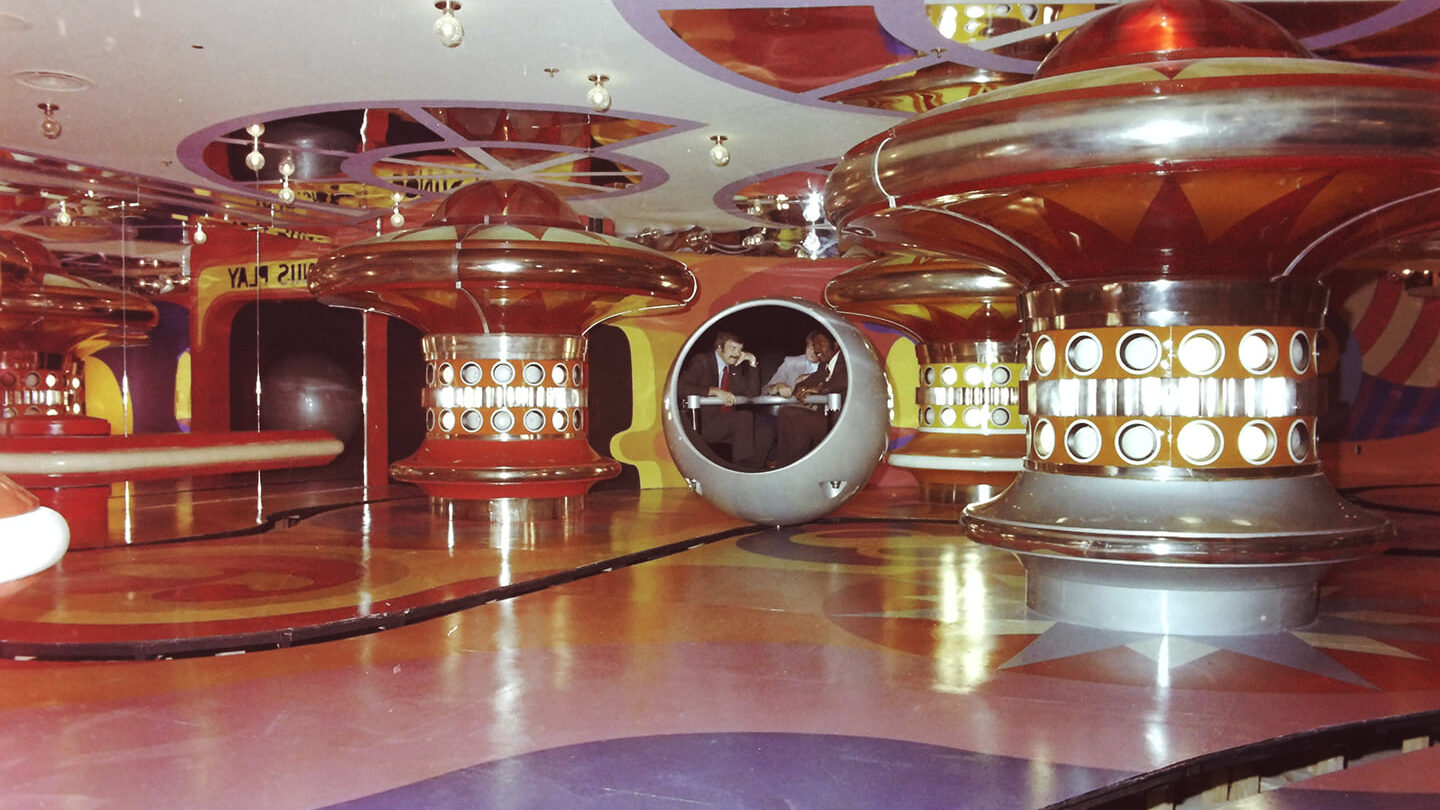
No choice then, but to hop on a train and make a pilgrimage to this building—like a salmon returning upstream, thirty-something years later. Back to my hazy past. I walked inside, and the first thing I noticed was its utter emptiness. CNN having vacated years ago, the place was now peopled primarily by the dead – by memories. In the central area, the entire escalator was wrapped in white fabric and unusable. An unseasonal Halloween ghost. At the top of it, a giant earth waited awkwardly, a weird relic from the gaudy CNN days. It reminded me of the Krofft park’s distortion of size inside of their pinball machine ride, yet in reverse. Instead of pinballs, we were now giants, observing that troubled human planet from the sidelines. Gods of empty space.
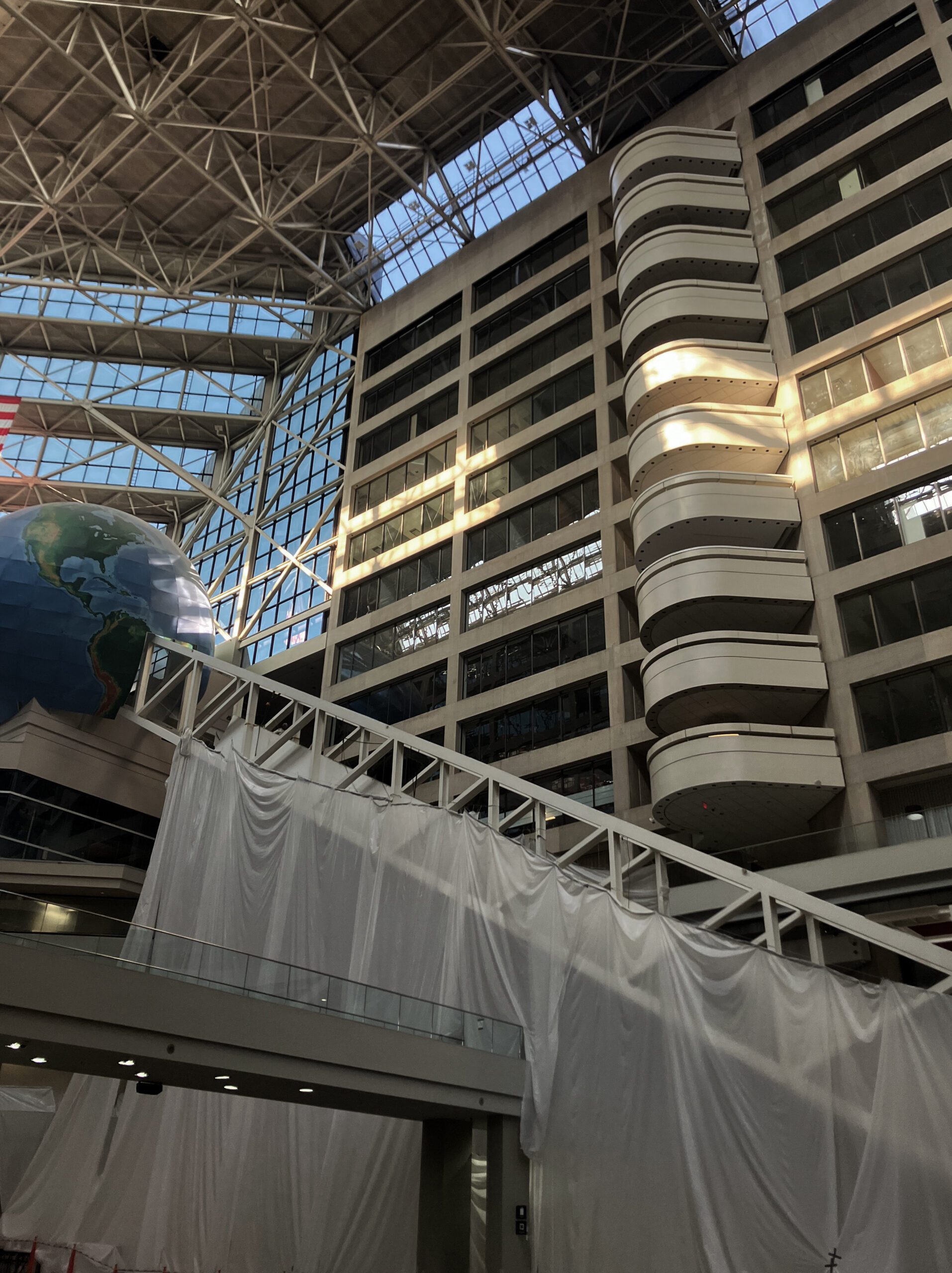
We found a forgotten stairway in a corner and followed it up to yet another desolate atrium. Empty chairs waited for dwellers who never appeared. Strangely interior hotel windows looked out onto the corpse-like space, a few with their curtains open and their lights turned on. Hinting at occupants, yet no movement was ever seen. I thought of the best of those “Backrooms” episodes again, the ones in which the monster never actually appears. Because the true star, and the real horror, is always the atmosphere of the place itself. Which is the atmosphere of the ghost, of the absence which becomes a presence. Felt, never seen. As much as I’d love to suddenly see a demented H.R. Pufnstuf peeking out from around the corner of this hotel hallway, it’s enough just to feel as though he’s waiting there around the corner. Some spaces help one realize the very real truth that anything can happen in reality, at any time. This is one of those spaces.
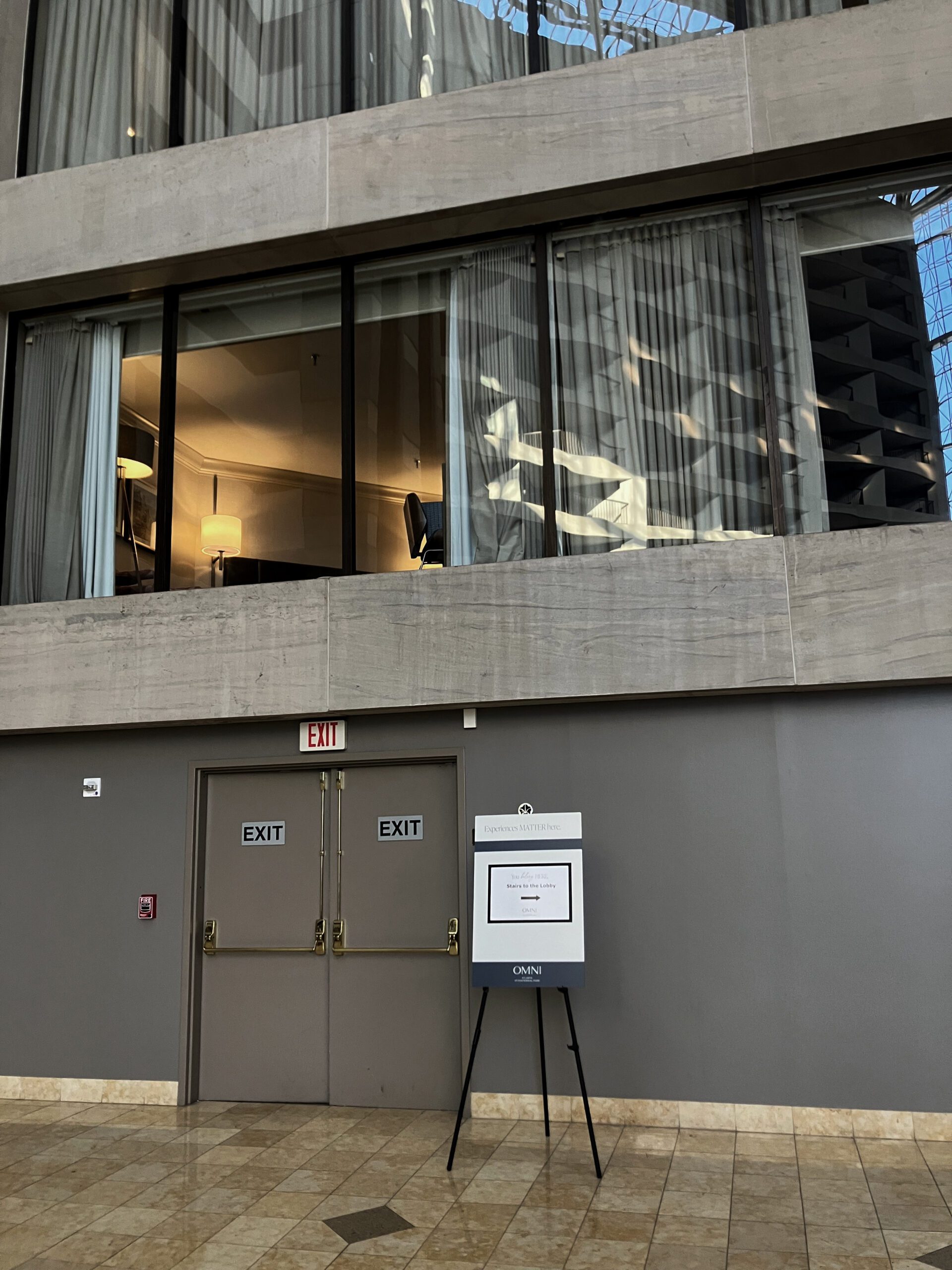
Indeed, I realized suddenly that this building had turned into a totally new kind of amusement park, one consisting of nothing-presences and carousels of stillness. Everything in it was simultaneously dead, yet alive, like an inverted shadow version of all those talking houses and flutes of the H.R. Pufnstuf show. I was struck by how well my present experience of the place, in this distant future world of 2025, was a match for the dreamlike feel of an early memory, and of the particular memory which spawned this exploration. It was as if this building, along with others like it, had been molded under the dark gravity of our collective memories—a kind of architectural possession. The building itself became a Krofft puppet, pulled by unseen strings. Perhaps we humans exude a peculiar virus to infect our material surroundings over time. A virus called Haunting.
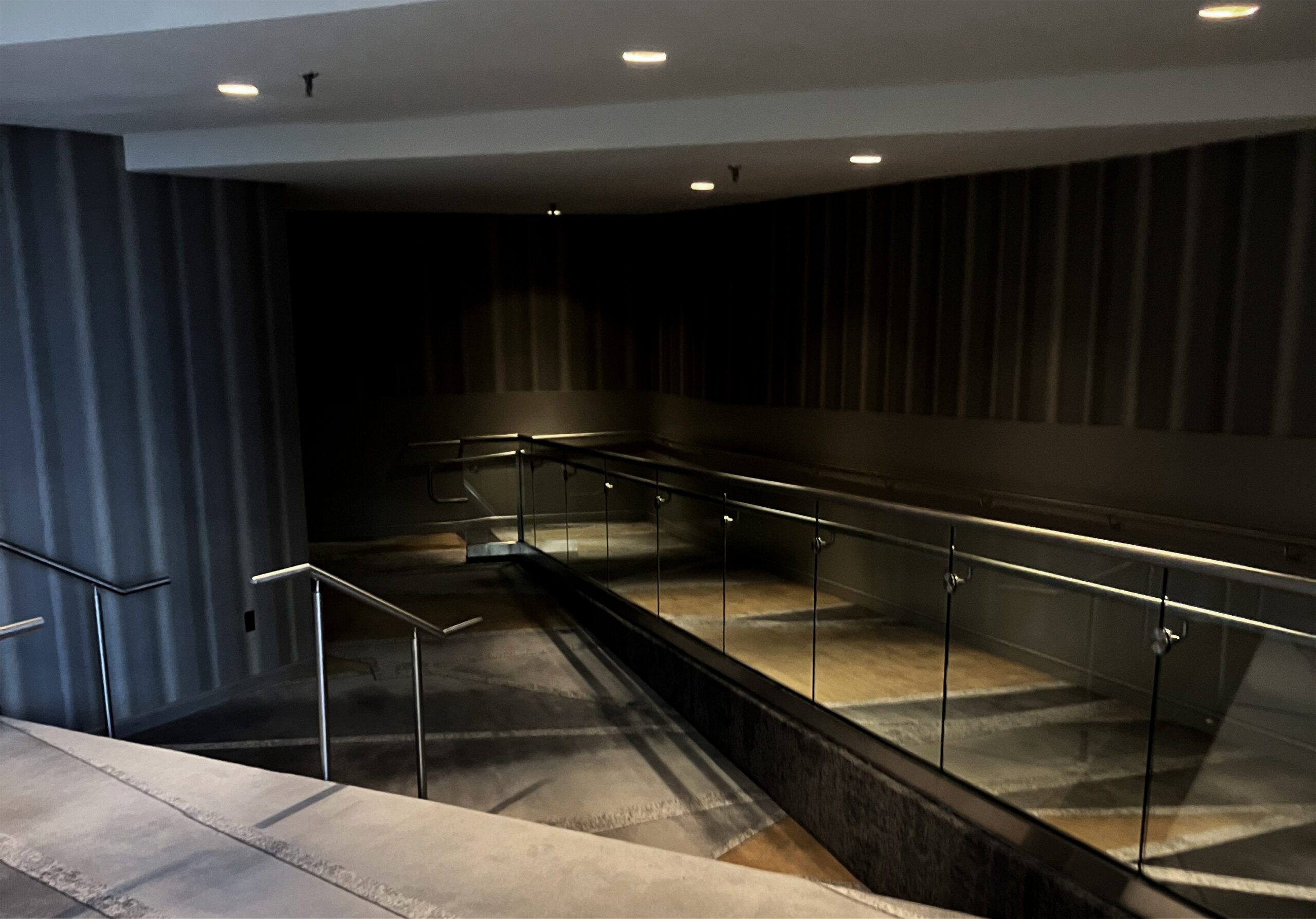
All this then, from a passing daydream. A kind of lesson there, perhaps: a reminder to keep the door of your mind open, or at least cracked, whenever possible. For who knows what unexpected guest might appear – maybe even H.R. Pufnstuf himself – to guide you down that magic path towards the Marvelous…



